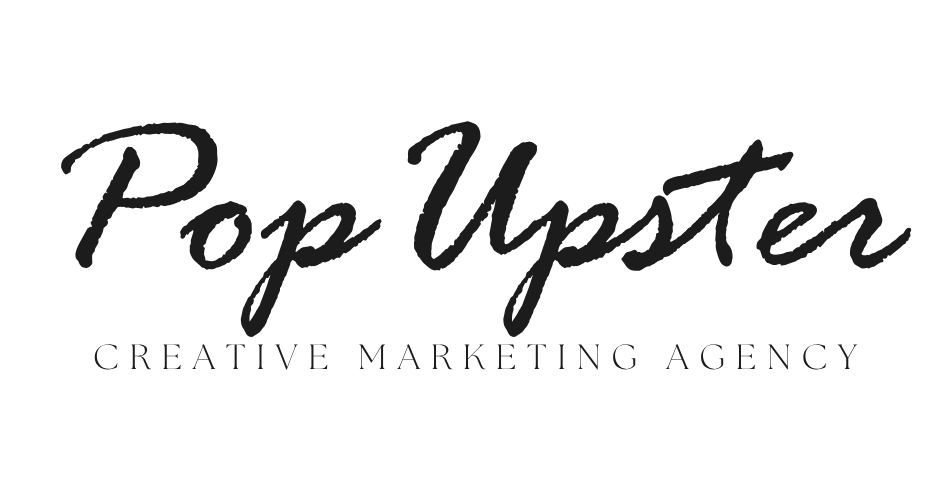Paid advertising has revolutionized digital marketing, offering businesses unprecedented opportunities to reach targeted audiences with precision and efficiency. In today’s hyper-competitive digital landscape, understanding the intricacies of Pay-Per-Click (PPC) advertising and media buying is no longer optional—it’s essential for any organization seeking to maximize its online presence and drive measurable results. Whether you’re a small startup or a global enterprise, the ability to strategically deploy paid advertising can mean the difference between marketing success and digital obscurity.
Understanding the Fundamentals of PPC Advertising
Pay-Per-Click advertising represents a dynamic digital marketing strategy where advertisers pay a fee each time their advertisement is clicked. This model allows businesses to essentially purchase website visits rather than attempting to earn them organically. Google Ads remains the most prominent PPC platform, controlling approximately 73% of the search advertising market. Successful PPC campaigns require meticulous keyword research, compelling ad copy, and sophisticated targeting strategies that align with specific business objectives.
Effective PPC management involves continuous optimization, including careful keyword selection, creating highly relevant landing pages, and maintaining optimal quality scores. Advertisers must understand critical metrics like click-through rate (CTR), cost-per-click (CPC), and conversion rates to develop high-performing campaigns that deliver meaningful ROI. Advanced practitioners leverage machine learning and audience segmentation to refine targeting and maximize advertising efficiency.
Advanced Media Buying Techniques
Media buying extends beyond traditional PPC, encompassing a comprehensive approach to purchasing advertising inventory across multiple digital platforms. Modern media buyers utilize sophisticated programmatic technologies that enable real-time bidding and automated ad placement. These advanced techniques allow marketers to reach precise audience segments across display networks, social media platforms, mobile applications, and connected television channels.
Successful media buying requires a strategic approach that combines data-driven insights with creative targeting. Professionals must analyze audience demographics, behavioral patterns, and engagement metrics to develop highly optimized advertising strategies. By leveraging advanced tracking technologies and machine learning algorithms, media buyers can create increasingly intelligent and responsive advertising ecosystems that adapt in real-time to changing market conditions.
Platform-Specific Advertising Strategies
Different digital platforms demand unique advertising approaches. Facebook Ads offer granular demographic targeting, allowing marketers to reach extremely specific audience segments based on interests, behaviors, and detailed personal characteristics. LinkedIn provides exceptional B2B targeting capabilities, enabling precise professional targeting based on job titles, industries, and company sizes. Google Display Network offers extensive reach across millions of websites, providing diverse opportunities for visual and text-based advertising.
Each platform requires a nuanced understanding of its specific algorithms, audience behaviors, and optimization techniques. Successful advertisers develop platform-specific strategies that align with each channel’s unique strengths and audience expectations. This might involve creating platform-specific ad creatives, developing tailored messaging, and implementing sophisticated tracking mechanisms that capture platform-specific engagement metrics.
Budget Management and ROI Optimization
Effective paid advertising demands rigorous financial management and continuous performance analysis. Marketers must develop sophisticated budgeting strategies that balance initial investment with potential returns. This involves setting clear campaign objectives, establishing realistic performance benchmarks, and implementing robust tracking mechanisms that provide comprehensive insights into advertising performance.
Advanced practitioners utilize complex attribution models that track multi-channel customer journeys, enabling more accurate assessment of advertising impact. By implementing advanced tracking technologies and leveraging machine learning algorithms, businesses can develop increasingly precise advertising strategies that maximize return on investment while minimizing unnecessary expenditure.
Emerging Trends in Paid Advertising
The paid advertising landscape continues to evolve rapidly, driven by technological innovations and changing consumer behaviors. Artificial intelligence and machine learning are transforming targeting capabilities, enabling more sophisticated audience segmentation and predictive modeling. Emerging platforms like TikTok are creating new opportunities for creative and engaging advertising approaches that resonate with younger demographic segments.
Privacy-focused technologies and increasing regulatory scrutiny are compelling marketers to develop more transparent and ethical advertising strategies. Successful practitioners must remain adaptable, continuously updating their skills and understanding of emerging technologies and platform-specific best practices. The most effective paid advertising strategies will combine technological sophistication with genuine audience understanding and value creation.
Mastering paid advertising requires a holistic approach that combines technical expertise, creative thinking, and continuous learning. By developing a comprehensive understanding of PPC and media buying strategies, businesses can create powerful marketing ecosystems that drive meaningful growth and engagement. The most successful advertisers will be those who remain agile, data-driven, and committed to delivering genuine value to their target audiences.



 by
by